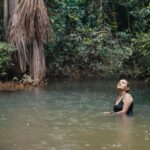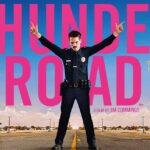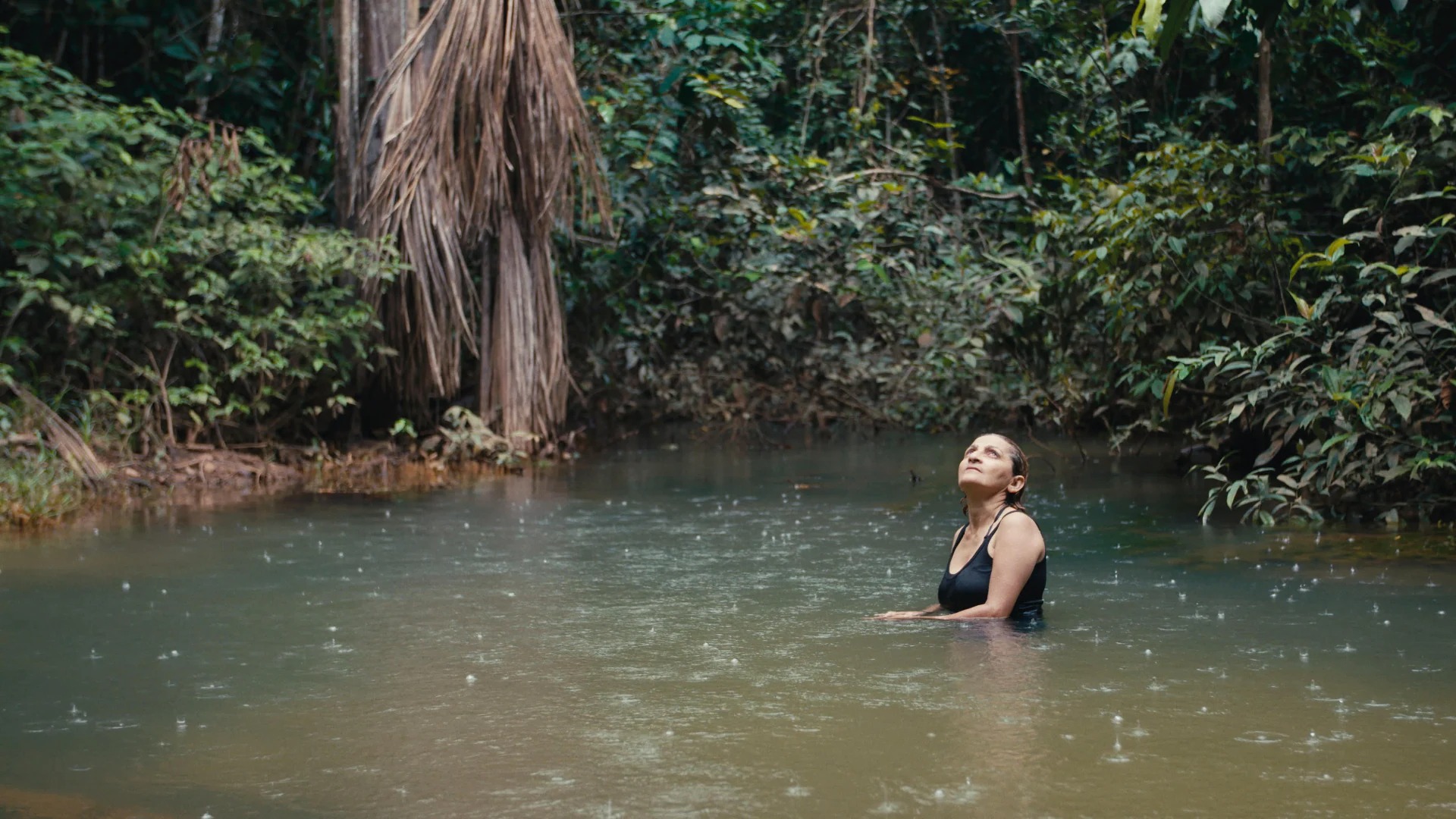The settlers make their way across the land. Inspired by the colonial ideals of the destiny manifesto, they embark on a journey of discovery and conquest. Thus new countries are born with blades that cut through the desert and burning trails. However, the settlers are not alone. Deep in a secret not-known, indigenous peoples reside on the land that has been their home for millennia. These adventurers wear cowboy hats, while their enemies, abstracted from other exotics, action with feathers in their hair. These two forces are facing each other, but their struggle is not a struggle on equal terms. The invaders who call themselves heroes have numbers and firepower on their side, centuries-old systems built to perpetuate powered domination. Even in their bodies there are weapons, health-issues that they spread among the natives, finishing them in the course of active genocide.
No, it’s not an old-fashioned Western from the less enlightened days or a chronicle of historical crimes. It is the story of our days. This is the territory…
The Brazilian government first came into contact with Uru-EU-WAU-WAU in 1980. Since then, this indigenous community of the Amazon rainforest has declined significantly. For thousands of decades now, their number has been reduced to several hundred individuals. Weak legislation and even weaker police made them practically defenseless against the forces of so-called progress. Although they could have a vast expanse of ancestral land, everything around them was finished, which led them to a Green Island. Deforestation, fires, agriculture and industrial farming have exhausted the lungs of the world. At this time of climate disaster, Uru-EU-WAU-WAU’s action against those who threaten their lands is both an indigenous human rights issue and a global environmental crisis.
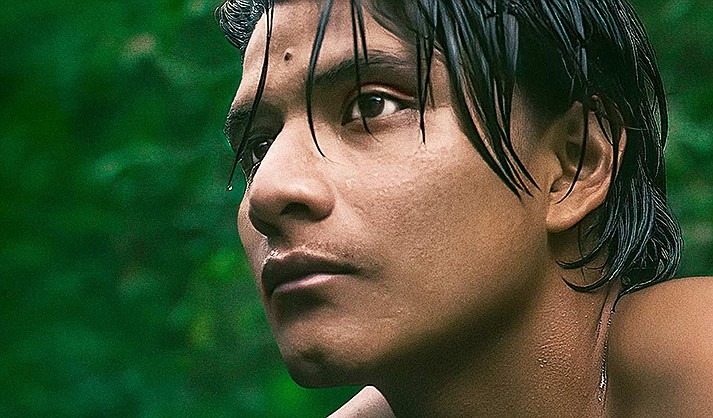
American filmmaker turned documentary filmmaker Alex Pritz has been following the situation for three turbulent years, from Jair Bolsonaro’s election victory to the first waves of the recent times. What he captured is not an inspiring story with a comforting consolation at the end. Instead, Pritz’s film analyzes this Moderna-day war for territory at close range. We are still very aware of his reality as a foreigner who has benefited from the colonial powers. In fact, there is a lot to be said about the ease with which unlawful settlers trust their cell, perhaps convinced that they have an ally or someone to talk to. In addition, Pritz’s gaze at the forest is still full of amazement, a curious look that catches the little details and does not let go. His are not the eyes of someone for whom this greatness is a common sight, a home.
However, valid reviews can be made about who will lead such projects and tell these stories that are so inextricably linked with the indigenous perspective. On the one hand, film is a machine of empathy that must function as a tool of shared understanding, putting us in the place of others. On the other hand, perhaps the territory would be more virtuous without complications if it were a product of Uru-EU-Wah-Wah and only Uru-EU-Wah-Wah. They are listed as producers, and as the document progresses, we see images taken by local forest defenders. However, some would say that it is not enough and that they are not necessarily wrong. That said, I can’t say the territory is failing at what it’s trying to do. In addition, Pritz’s lens feels a particular content of self-critical skepticism.
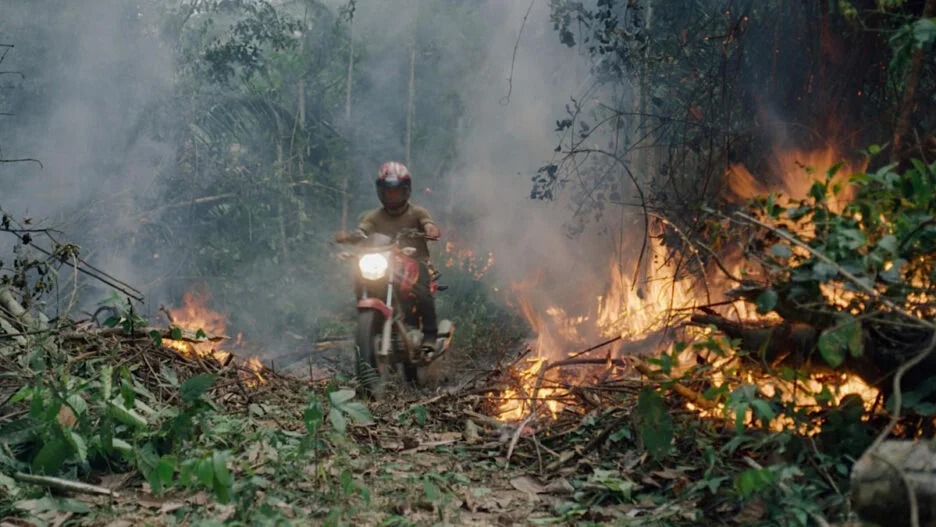
In this regard, it recalls the work of Shirley Clark more than other documentaries about the environment. The territory, in part, is connected with the falsity of its history, the horror of its own existence and the need to exist. The comparison with westerns is encouraged by the staging strategies, as is the implicit parallelism between this dynamic and the centuries of European colonialism in the Americas. The very essence of our narrative techniques and our cinematographic grammar comes from a history full of bloodshed, genocide, unlawful and unethical conquests. It therefore seems particularly significant when the Uru-EU-Wah-Wah come in behind the camera, armed with recording technology to uncover the truth, action their mortal enemies and preserve traditions that risk disappearing as older generations die.
While I don’t really like that non-fiction addresses the structural shortcomings of fiction film, the territory takes on the tension of the thriller without completely giving in to its narrative demands. A good follow-up element is the individualization of the voices. In other words, through patient observation, Pritz highlighted specific characters and allowed them to direct the emotional flow of the documentary. This is true for both usurpers and usurpers. Although the territory does not attract the sympathy of farmers, it highlights its heterogeneous claims to native lands. Some short-sighted idealists form collective associations, while others imagine themselves as Moderna researchers too happy to use roughness to win their prize. However, the real protagonists are Uru-EU-WAU-WAU, including those who action outside the rainforest.
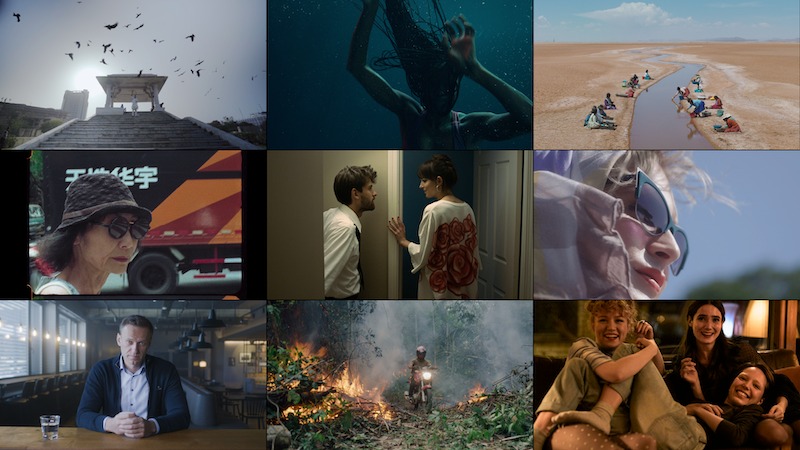
The environmentalist Neidinha Bandeira acts as a tired voice of reason, for a long time hopeless, but never cynical. She is a veteran of the action, and she is tired, sobbing softly as the news of Bolsonaro’s victory is broadcast on television. He is also invincible, instructing the following warriors who will take part in the action: the leader of them, the most charming figure of the territory – Bitte. We met him at the dawn of mature hood, while exploring everything related to the action against the colonists. As we get older, the community chooses a macho boy to lead the Yupau strategic conservation association, and we get a place of honor for his heroism. Moreover, it is through Bitata, who has rarely left his Amazonian Kingdom, that the film reveals the great consequences that the destruction of his home can have for humanity in the long term.
As it was filmed by Pritz and tangue Uru-EU-Wah-Wah, filmed by Carlos Rojas Felice, the territory is a meager and mean thing that lasts less than 90 minutes, despite its epic scale. It is a filmy experience defined by fury and urgency, categorically rejecting empty optimism, leaving room for a future redemption. When the camera looks at Bitate and the rest of the Uru-EU-Wah-Wah young people, there is even something that seems like a burning hope in the soul of the film. Hope for change and hope for action. A hope that feeds an aggressive defense, a just resistance to destruction.





